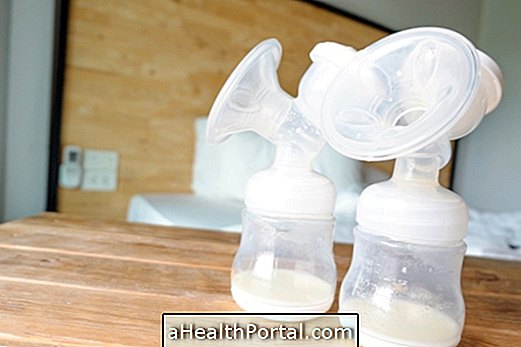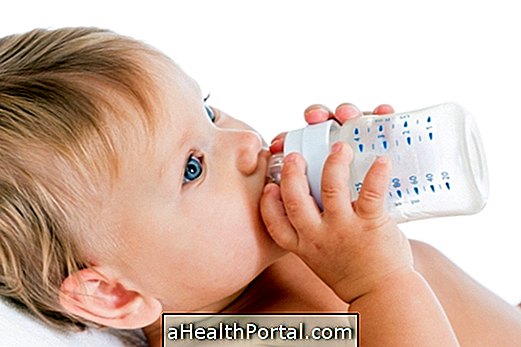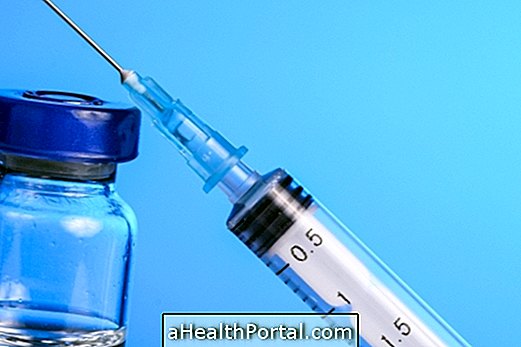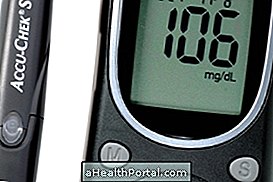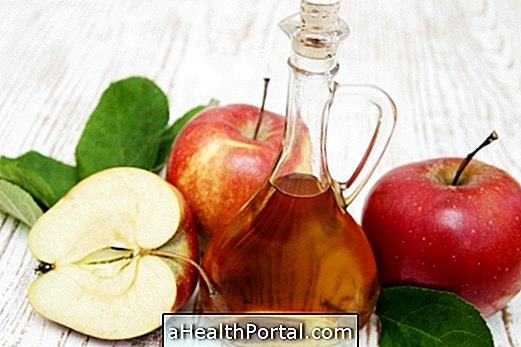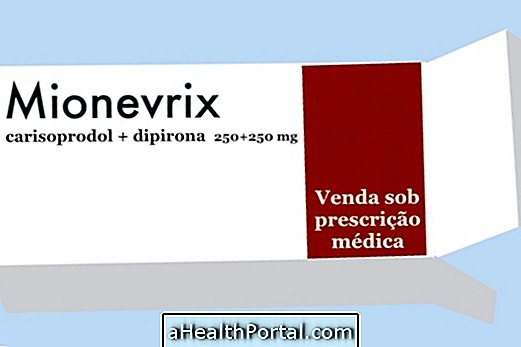At birth, the baby's stomach is the size of a cherry, supporting only about 7 ml of milk. Over time, it increases along with the size of the baby, being able to support between 80 and 150 ml at the end of the first month of life.
After this period, the stomach grows according to the weight of the baby, having its capacity estimated at 20 ml / kg. So a 5-kg baby has a stomach that holds about 100 ml of milk.
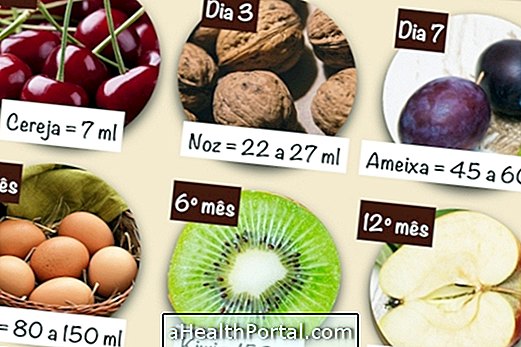
Another way to estimate your baby's gastric capacity is through the size of your hand because the stomach is on average the size of the baby's fist. See everything that makes the baby with 1 month. / drink-with-1-month /
How should breastfeeding be?
Ideally, the baby feeds exclusively on breastmilk until the sixth month of life, and breastfeeding can last up to 2 years of age or as long as the mother and child wish.
Thus, taking into account the reduced size of the baby's stomach, it is normal that at first it needs 10 to 12 feedings per day, and that the mother produces only small amounts of milk.
The small size of the newborn's stomach is also the reason for the frequent gurgling and regurgitation at this age, since the stomach soon becomes full and the reflux of milk occurs. See the Breastfeeding Guide for Beginners.
When to start the cookies
Complementary feeding should be started at the 6th month of life when the baby feeds exclusively on breast milk, but for infants who take infant formula, the beginning of the baby should be done in the 4th month.
The first few snacks should be shaved or well-kneaded fruits, such as apple, pear, banana and papaya, and you should be aware of allergies in the baby. Then you should move on to the salty papas, with rice, chicken, meat and vegetables well cooked and kneaded to prevent the baby from choking. See more details on Baby Feeding from 0 to 12 months.

